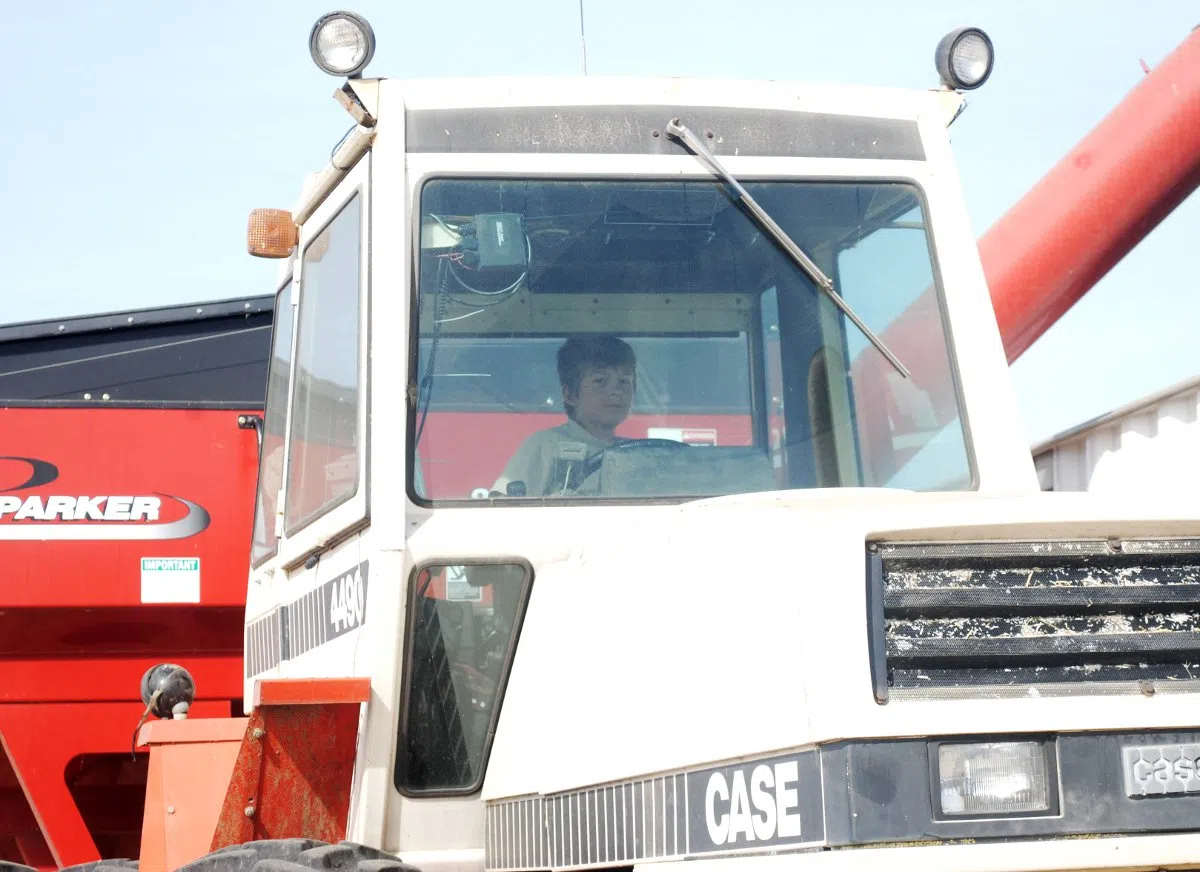
PHOTOS/VIDEO: Farming is a family affair at harvest time
It’s the most hectic time of the day, during the busiest season of the year on Blocka Farms.
“This is the busiest part of the day, getting ready to go,” Lynn Blocka said.
In the Blocka household, early on a Saturday morning, Lynn prepares lunches for her husband, Ken and their son, Garrett, who will be working in the field all day.
Garrett, 13, has his blue coveralls on and gets his work boots. His younger brother Cole, 10, and sister Bryn, 11, do their part to help their mother on this busy morning.


